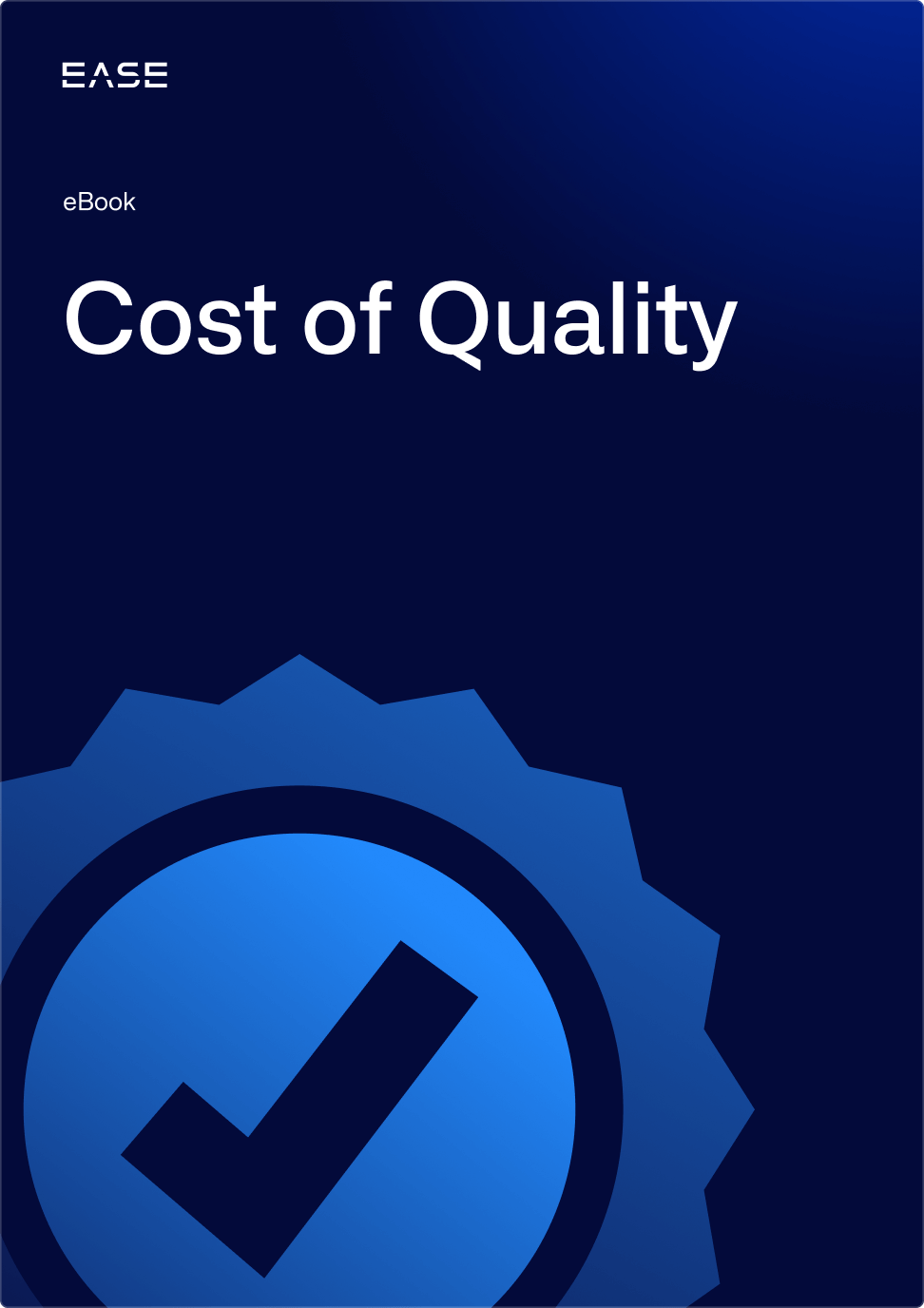How to Reduce Operating Costs with LPAs


When economic trouble hits, cutting operating costs often becomes a top priority for manufacturers concerned about potential revenue loss.
In fact, according to Gartner, 62% of CFOs are planning significant cuts in response to the COVID-19 pandemic. However, the company’s research indicates that these cuts will inevitably hurt some companies.
“It’s important to first achieve clarity on which costs protect the long-term investments that will drive future profitability,” says Dennis Gannon, vice president of Gartner’s finance practice.
Layered process audits (LPAs) are a prime example of this type of cost, representing an investment in quality that reduces costs while adding to revenue and long-term profits.
Layered Process Audits: The Basics
Layered process audits (LPAs) are quick checks that take place daily to verify that work standards and corrective actions are held in place. Every layer of the organization from team leads to management participates, ensuring accountability by putting multiple sets of eyes on processes critical to quality.

Manufacturers in automotive, aerospace, electronics, chemicals, and other manufacturing industries conduct LPAs because of their ability to reduce costs and improve customer satisfaction quickly.
Compared with inspections of finished products, LPAs look at process inputs like equipment settings and how operators perform a job to identify sources of variation. For instance, manufacturers might check the order in which an employee tightens a set of bolts, or whether temperature settings on a piece of equipment are correct. Addressing these problems is more cost-effective at the point of manufacture than after defective products reach customers, even though LPAs require time and resources to implement.
Reducing Scrap and Rework
By helping catch process variation before it causes defects, LPAs have a huge impact on reducing costs associated with scrap and rework.
Consider, for instance, that scrap and rework costs may exceed $2 million for a manufacturer with $100 million in annual sales. Decrease that by even a modest 10%, and you’ve immediately reduced operating costs by $200,000.
Preventing Equipment Issues
Equipment and machines are a prime focus of LPA checklists. Drawing from key documents like work standards, control plans and failure mode and effects analysis (FMEA), LPAs give companies the chance to identify potential problems before equipment breakdowns occur.
The result is less downtime and lower maintenance costs, reducing operating costs and adding directly to the bottom line. In automotive manufacturing, for example, production downtime costs $22,000 per minute. That’s $1.2 million per hour, a scary figure when you consider that most factory equipment is more than 15 years old.
Minimizing Customer Complaints
One of the most important benefits manufacturers can achieve with LPAs is minimizing customer complaints through prevention of production defects. The impact on operating costs can be significant in terms of reducing:
- Material costs: Addressing customer complaints often means manufacturing replacement parts.
- Shipping costs: Once replacement parts have been produced, suppliers may also be responsible for expedited shipping to customers.
- Labor costs: In addition to labor costs associated with manufacturing replacement products, suppliers that defective parts may be responsible for third-party sorting costs.
- OEM penalties: In industries like automotive, original equipment manufacturers (OEMs) typically charge suppliers $10,000 per minute when defective products cause a line stoppage.
Minimizing complaints also positively impacts revenue by improving customer satisfaction and retention, further limiting operating costs by reducing the need to find new business.
Automating LPAs for Deeper Savings
Using a digital LPA platform can provide a big advantage for companies looking to reduce operating costs. Paper-based LPAs run into difficulties in executing a large volume of audits, and yet it’s that high frequency that makes LPAs so powerful. Just as important, manual LPA systems limit visibility into findings,
LPA software like EASE allows manufacturers to achieve more of the potential benefits of LPAs by:
- Increasing audit completion rates so companies get more data, more opportunities to catch variation from standards and more interaction between operators and management
- Providing instant access to findings so companies can be more proactive about identifying emerging risks, trends and impending quality escapes
- Linking nonconformances to corrective action so that problems actually get solved—a key element of getting team buy-in
- Eliminating administrative burden to increase efficiency and effectiveness of LPAs
Ultimately, if an LPA system helps prevent even one quality escape, it can easily pay for itself in terms of reducing operating costs. Conversely, will deliver less savings and require more time and effort on the part of manufacturers. It’s an important point to consider for those suppliers to General Motors (GM) and Fiat Chrysler who are required to conduct LPAs and use paper-based methods to comply with those requirements.
Cutting costs at the expense of quality is a losing game, while making smart investments in quality delivers significant returns. Manufacturers that ignore this fundamental truth are putting their future at risk, while those that understand it are already leveraging investment in quality to improve long-term competitiveness.
